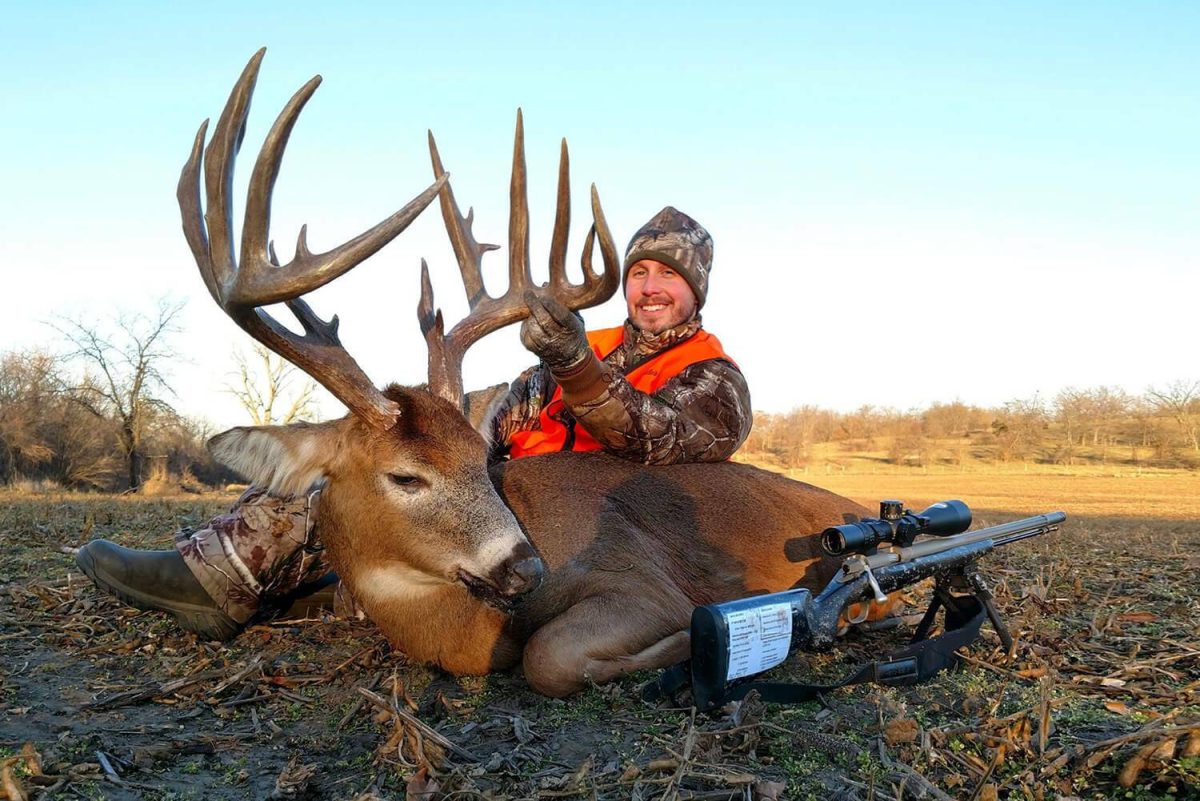Taxidermy Field Tips for Better Mounts

Taxidermy Field Tips for Better Mounts
Undoubtedly, over a lifetime of angling or hunting, you will haul in that trophy. That could be a once-in-a-lifetime fish, or a giant whitetail buck will fall to your arrow. It could be your first turkey or the first for your son or daughter. Or it could be something out of the ordinary, like a bobcat or a bear. It could be that you’d like to remember a fantastic pheasant hunt you shared with friends. Whatever the occasion or reason, you want to preserve the memory with a mount. This year, for example, was the first year I was able to harvest a whitetail deer buck. It was a 12-point mature deer that will live on in infamy, not only in my memory as I relive that day but also as I get to admire my trophy mounted to the wall in my home.
There are many things to consider when deciding to keep the fish or animal and have a professional taxidermist preserve your beautiful specimen. We’ve all seen pictures of what bad taxidermy looks like. While it may bring a chuckle to our faces, it may bring dread to the one who ultimately owns the mount and be a disastrous waste of money. Knowing what to do and what not to do will go a long way in preserving the special animal you’re proud of. Be sure to have a sharp knife, salt, and a way to cool the hide or carcass ready.
ready.
Deer Mounts
“One thing that is incredibly important in preserving your trophy is to get the animal field dressed and cooled down as quickly as possible,” said Logan Mutchler of Mutchler Taxidermy. As the animal begins to decay, bacteria growth causes hair loss. “Dragging the deer with a quad will also damage the deer hair,” adds Mutchler. “Once you start your field dressing, stop at the rib juncture, and don’t break the sternum.” When hauling the animal out of the woods, don’t drag it out on the ground, especially against the grain of the hair.
Use an ATV (placing the animal in the back, not dragging); some sort of sled will work, and if you need to drag, use a tarp as a medium between the deer and the ground. Avoid dragging or hanging the animal by its neck. “One of the things that I’ve done to help cool the animal quickly is to freeze 1-gallon milk jugs. You can throw these in the cavity, avoiding the melting ice and the eventual mess it leaves as the ice melts,” the taxidermist said.
Fish
Fish are probably one of the easiest animals to preserve for a taxidermist to mount. “Fin care is probably the most important part of the process,” adds Mutchler. “Lay the fins flat and freeze as soon as possible. Use a towel or t-shirt soaking wet, lay the fish flat, again ensuring the fins are safe, and freeze.” Having pictures of the fish that you can share with the taxidermist will help with coloring and any details you’d like to preserve.
Turkeys and Upland Birds
If there is a common theme among the preparation and care of the specimen you’d like to have mounted, it’s caring for the hide, fins, and, in this case, the feathers. Damaged feathers are hard to repair and, in some cases, replace. “For turkey, the age of the bird is important. The older the bird, the better the mount will be,” continued Mutchler.
“Look for pin feathers on the bird. If you find some, it means it’s a younger bird and will be harder to mount.” For readers who need clarification on a pin feather, it’s a developing feather on a bird. It looks like a feather shaft and usually has a blood supply flowing through it. It can also be called a blood feather.
If you want the whole turkey mounted, freeze the entire bird. Once you’ve harvested the bird, ensure the tail is intact. If the shotgun blast has damaged the tail, collect as many tail feathers as possible and give them to your taxidermist when you deliver the bird. Like deer hair, keeping the feathers smooth in their natural direction and caring for the head will aid your taxidermist in creating the mount you’re looking for.
Conclusion
Having your mount done properly is a great way to remember a special hunt, fishing expedition, or a fantastic specimen you’ve harvested. The first step in ensuring that your mount reflects the beauty of the animal starts in the field. Taking the proper steps to preserve the hide, feathers, and fins and quickly cooling the animal will help your taxidermist return the memory to you as you knew it. Mutchler Taxidermy is located in Des Moines, Iowa, and can be reached via Facebook or on their website.
Remember that preserving our resources here in Iowa is every hunter and angler’s responsibility. Pass them down to future generations in better shape than we found them so they can do the same for their children. Tight lines and good hunting!
By Ben Leal
Home – Iowa Sportsman
August 2024
Here is another Article with a Taxidermy Focus
Here is the Digital Version of the Iowa Sportsman August 2024
Looking for Our Cattle/Dairy Side of things?


